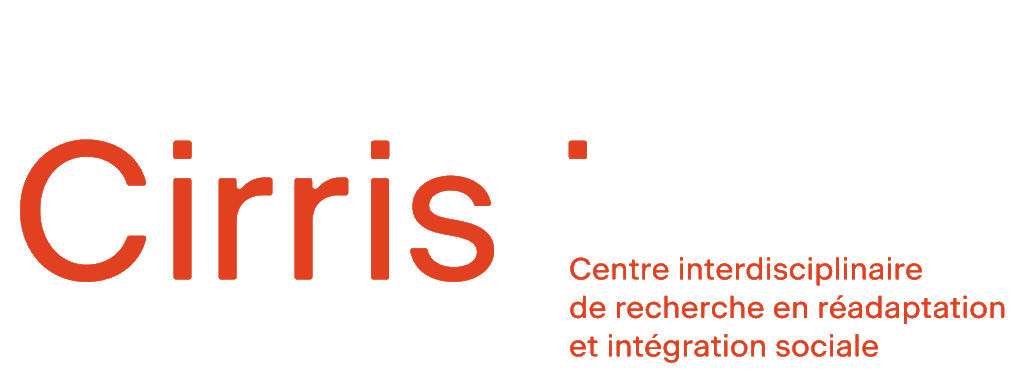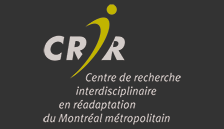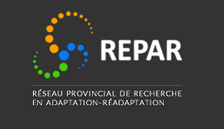What issues can be addressed by a participatory research project?
Philippe Archambault, Prof. McGill University and Marc Saint-Onge, Coordinator of Observatoire Québecois du Loisir
This vignette discusses the different categories of research questions or problems and how researchers organize themselves to answer them.
Subtitles available
LSQ Version - Quebec sign language
References
Text content
There are many issues involved in being part of a participatory research project. Among these issues as a partner in this research, I always ask myself: do I have a good problem ? Do I have something that is attractive enough for more specialized people to come and help to find solutions ? And if I asked you, Philippe Archambault, researcher at McGill University, what would be a good research question ? A priori, Marc Saint-Onge, any question that a searcher like you asks, at the Observatoire québécois du loisir, can make a good research project. So any issue that you ask yourself, we can translate that into a research project. What would be the broad categories of research questions ? So, in research on disability, on inclusion, we can consider three main categories of projects. The first is to understand a given problem. A second category would be to create a new service or improve an existing service. And a third category would be to measure the impact or effectiveness of these service or this action that could have been developed. Would you have a concrete, precise example to propose in the case of an action that has been taken ? Yes, we at ‘Société Inclusive’ have supported a team interested in accessibility in museums throughout Quebec. So, the team started with a literature review to see what was being done in museums around the world about accessibility. Then they also conducted interviews and surveys in various museums throughout Quebec to understand the issues. All of this resulted in recommendations to improve accessibility for different clienteles. So we are talking about improving accessibility, for example, for people in wheelchairs, or people who are visually impaired, or people who have a language impairment. So, for the second category, the project to create or improve a service. I think it was you, Marc, who was involved in this kind of project. Yes, it’s a wonderful project. We are several research partners who had the problem of how to know if the actions that we take with regard to awareness training to support the inclusion of people with disabilities have a real effect on the field. And when we asked ourselves this question, we didn’t have our reference points or anything. We succeeded in proposing this theme, this problem, to researchers who were willing to accompany us in this exercise, to find ways to improve our awareness training. Then, how did you proceed in the project ? First of all, we had to gather all these partners and researchers, so that we could agree on a project. So the objectives and all that follows, the reciprocal responsibilities. And in the very concrete actions, we made an inventory, an environmental scan of all the training and awareness sessions that are offered throughout Quebec. From this environmental scan, we realized that there was a wide range of issues. This led us, with the entire committee of about thirty partners, to develop a perspective that would allow us to carry out seven research projects. Among these elements, which are the most interesting, is to work on setting up a national committee that will lead us to give ourselves these means and to really measure the effects on the field, but also to give ourselves concrete means together to improve our practices. It’s interesting Marc and a nice follow-up to a project. For the third and final category of research projects, which is to improve existing services or to measure their effectiveness, I worked with the ‘Société de transport de Montréal’ (STM). They have set up a training program for people in wheelchairs who want to learn how to use autonomously public transportation, i.e. the bus or the metro. So they were interested in knowing if the training was effective. What came out of that ? What are the main results of this research ? So we measured the use of public transportation by people, before and after the training, actually two steps of measurement. We also asked the people who took the training if they appreciated what they found useful in the training, what they found less useful. So, with all this, we could see the direct effects of the training. We were also able to suggest improvements to the training with the STM. Then, in a very concrete way, we were able to measure that the people who had taken the training used more bus and metro, and, above all, felt much more confident to do so independently, so the results were very positive. At first, it was a pilot project, a training project. Now it has become a service called ‘Inclusive Mobility’, which is now offered on a permanent basis by the STM. So, a concrete application that translates into a service in reality and that is sought after by people. Absolutely!




